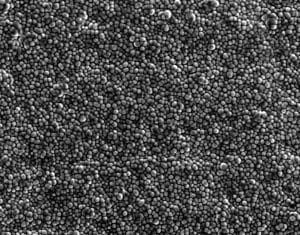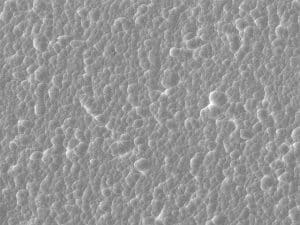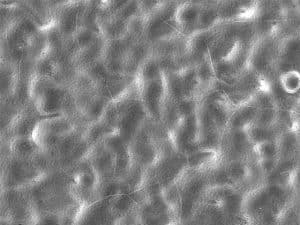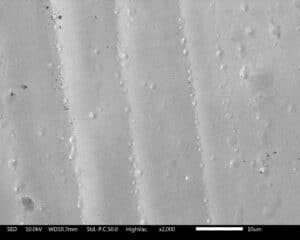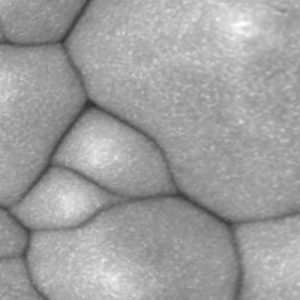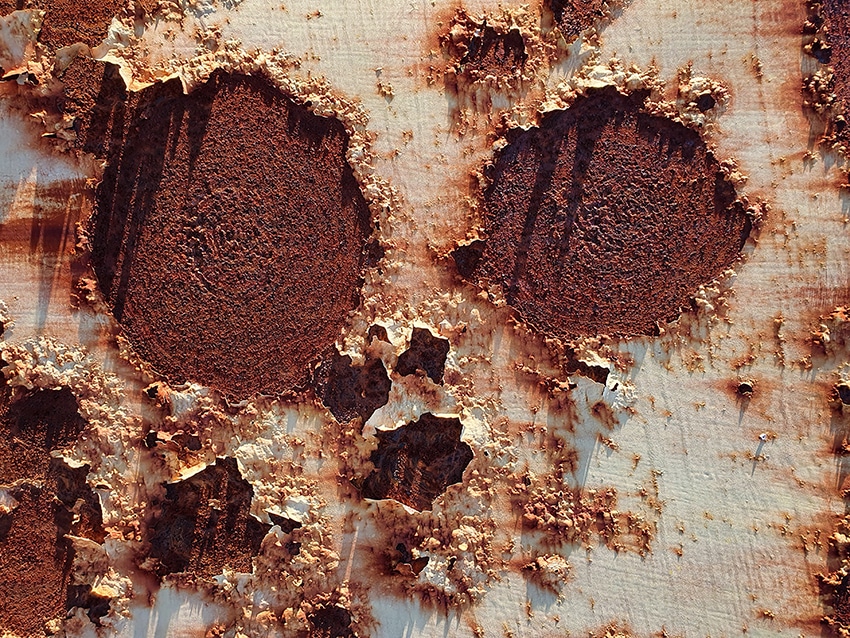plating with tin
Tin Plating for Corrosion Resistance and Solderability

Tin Plating for Marine Environments
Armoloy’s tin plating is a valued surface solution for marine environments where metal components are consistently exposed to corrosive saltwater. The tin coating serves as a protective barrier, preventing the underlying metal, such as copper or steel, from direct contact with corrosive elements. This significantly extends the lifespan of marine equipment, including fasteners, connectors, and wiring, reducing the frequency and cost of maintenance. Additionally, tin’s ability to resist marine growth, such as algae and barnacles, ensures that components remain functional and efficient over time.
Features & Benefits of Tin Plating
- Excellent Corrosion Protection: Shields metal surfaces from the corrosive effects of saltwater, prolonging the life of marine equipment.
- Resistance to Marine Growth: Inhibits the attachment of algae, barnacles, and other organisms, reducing the need for frequent cleaning.
- Extended Durability: Enhances the longevity of components, lowering maintenance costs and downtime.
- High Solderability: Facilitates easy repairs and reliable electrical connections in marine wiring.
- Environmentally Friendly: Tin is non-toxic, making it a safer choice for marine applications.
Tin Plating Highlights
- Non-toxic
- Corrosion resistant
- Ductile
- Malleable
- Low porosity
- Good lubricity
- FDA Approved
- Enhances solderability
Proven applications
Tin plating has improved the long-term performance of components and applications in industries that include:
- Food packaging
- Electronics
- Aerospace
- Jewlery manufacturing
- Telecommunications
- Storage containers
Test Methods used to Certify Coatings
- AMS 2408 Rev. J
- ASTM B545
- ISO 2093
- MIL-T-10727
Performance Characteristics
Tin Plating by the Numbers
- Minimum thickness of 0.0001" for electrical contact
- For mild service, a minimum thickness of 0.0002"

- Minimum thickness of 0.00039" for steel base material
- Minimum thickness of 0.00118" for severe service conditions


Tin Plating
Features & Benefits
Corrosion resistance
Tin is highly resistant to corrosion, making it suitable for coating parts that are exposed to the environment or those used in food processing
Excellent solderability
The low melting point of tin enhances its solderability, which is essential for electrical and electronic applications
Non-toxicity
Tin is a non-toxic metal, making it safe for use in food packaging and other consumer goods
Aesthetic appeal
Tin plating can be finished with a bright or matte appearance, providing flexibility in terms of the visual qualities of the plated objects
Cost effectiveness
Compared to precious metals like silver and gold, tin is more economical for electroplating applications
Ductility
Tin’s ductility allows it to be easily formed and bent without damage, which is beneficial during the manufacturing of plated parts
Prevents “whiskering”
Although tin whiskers can be a problem, adding elements like lead or bismuth to the tin can help minimize this risk, ensuring the reliability of electronic components
Flexibility in applications
Tin plating is versatile and can be applied to a variety of base metals, enhancing the functional life of components

The Science Behind Tin Plating

How it Works
The process of tin plating involves several key steps, starting with the thorough cleaning of the substrate to remove any impurities that might affect the adhesion or quality of the coating. This is typically followed by the preparation of an electrolytic solution where tin salts are dissolved along with other chemicals to facilitate the plating process. The substrate, acting as the cathode, is immersed in this solution, and an electrical current is passed through it, causing tin ions to deposit onto the substrate’s surface.
The specifics of the bath composition, such as whether it is an acid or alkaline solution, affect the properties of the tin layer, such as its appearance and structural integrity. Post-plating, parts may undergo processes like reflow to enhance the finish or heat treatment to prevent hydrogen embrittlement.

Services at Armoloy
The Armoloy Corporation is here to provide support for your project, starting from the discovery phase and continuing through a successful production launch. Whether coatings are considered during the initial part design phase or become necessary due to product failures in the field, our team can assist you at any stage in the process.
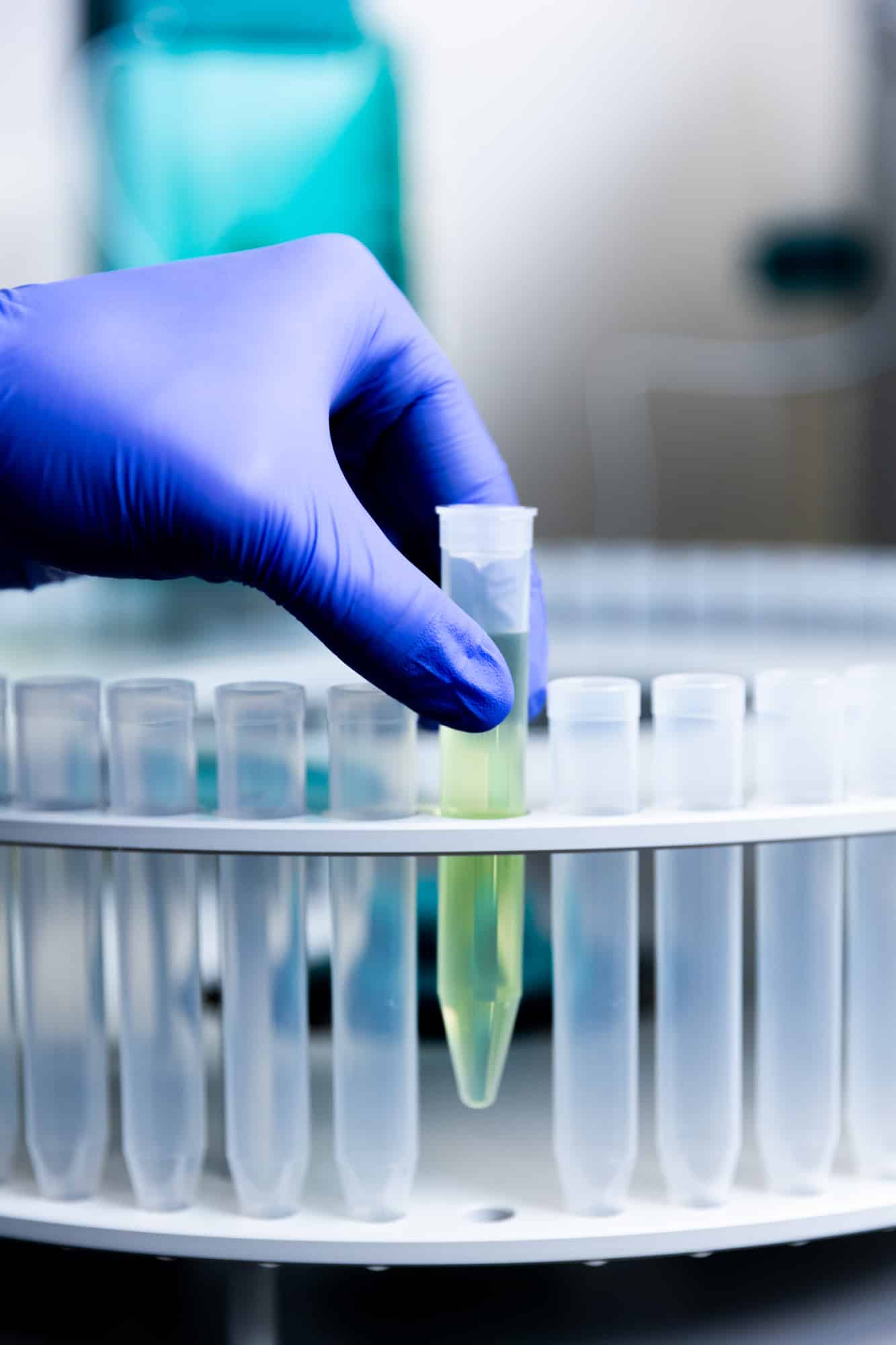
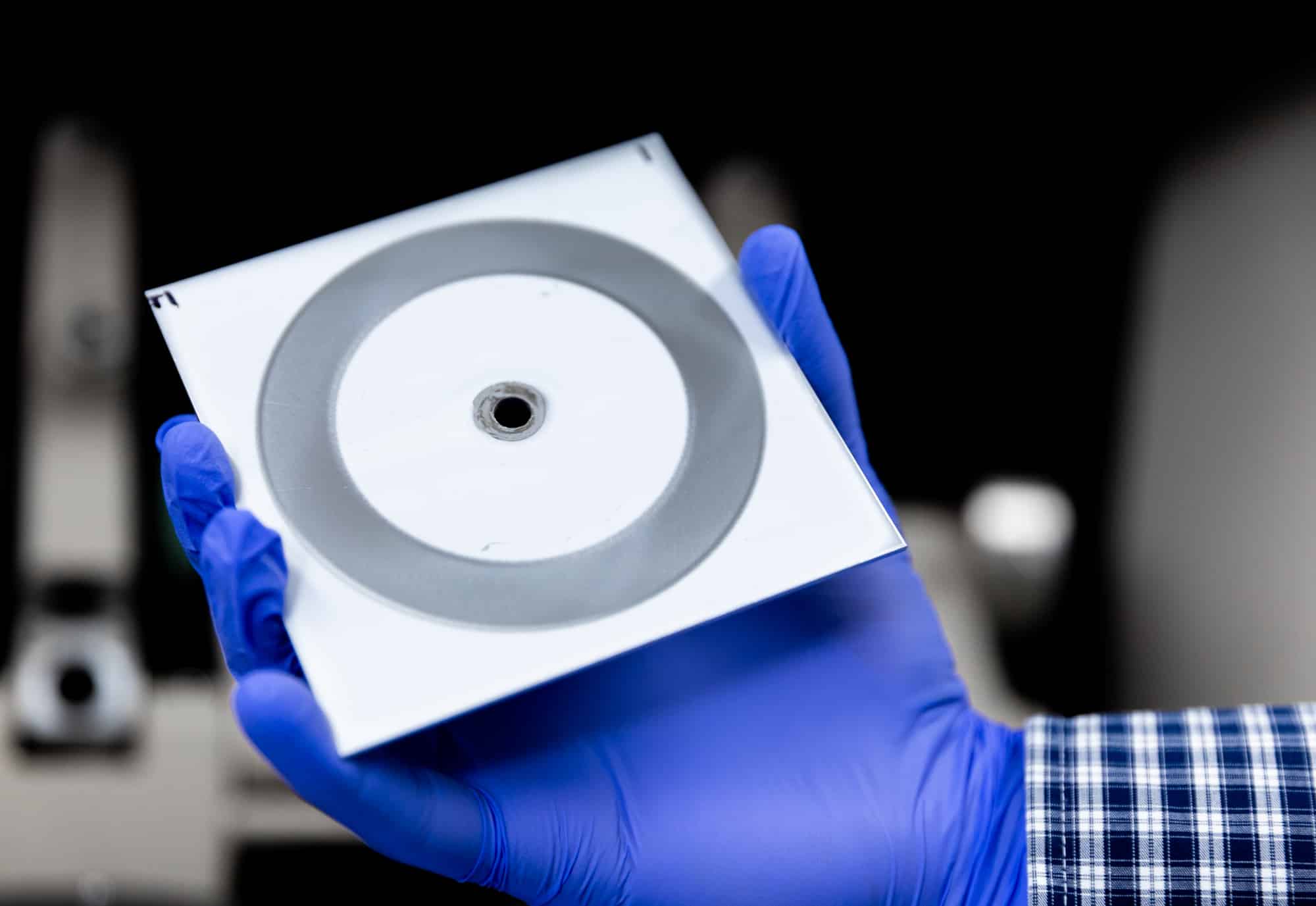
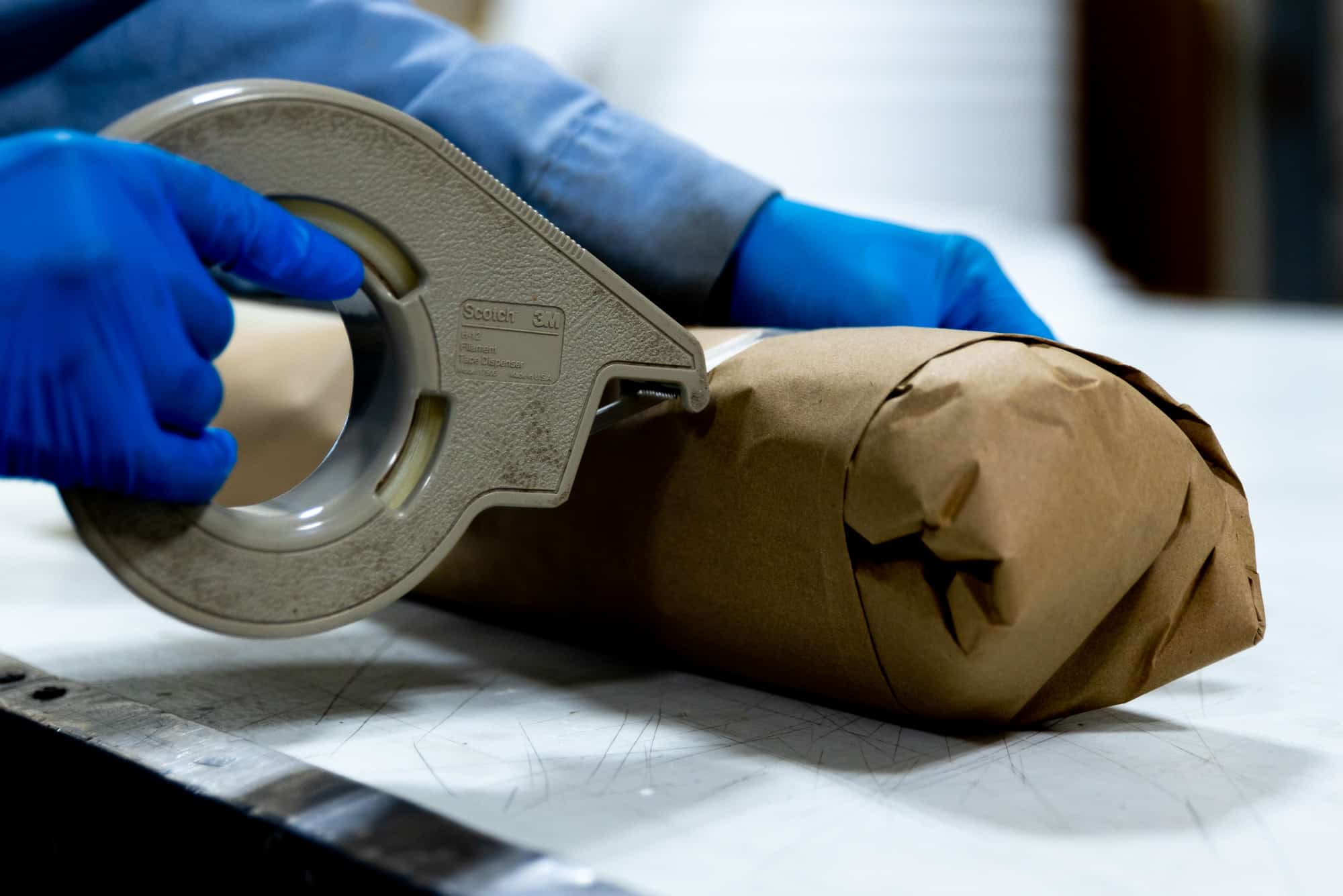
Need smooth, reliable protection? Let’s coat with precision.

Partner With Us
Eliminate metal failure from your operations. Meet our group of curious, innovative engineers and learn how we can help improve your industry with science-based solutions.



